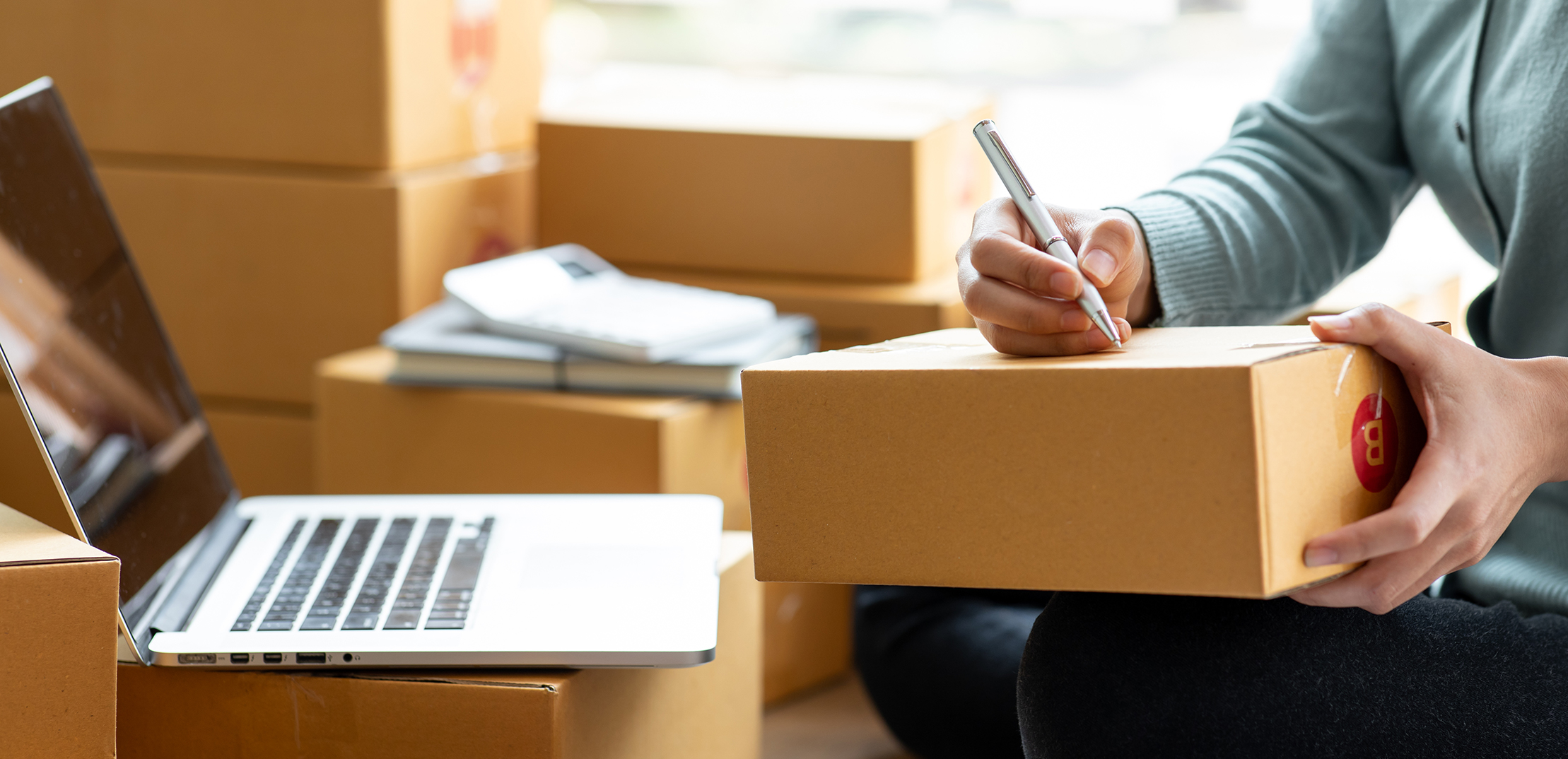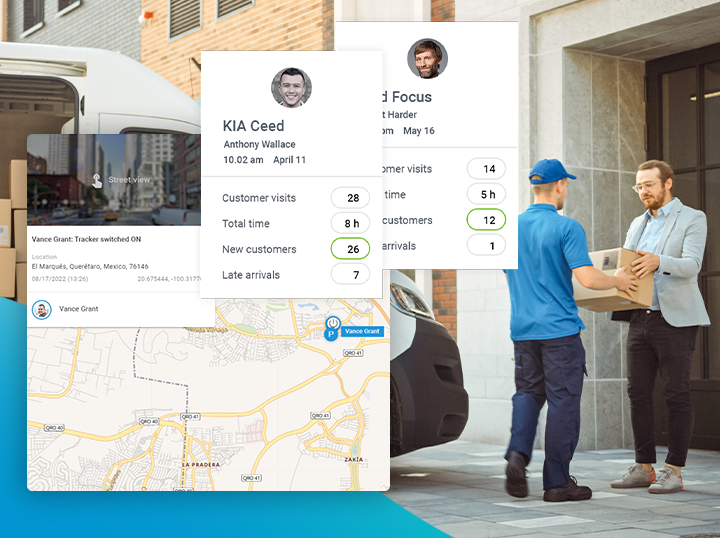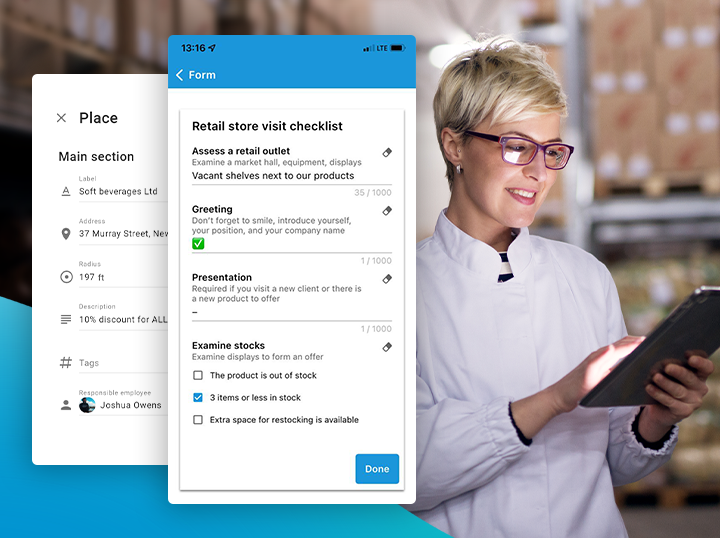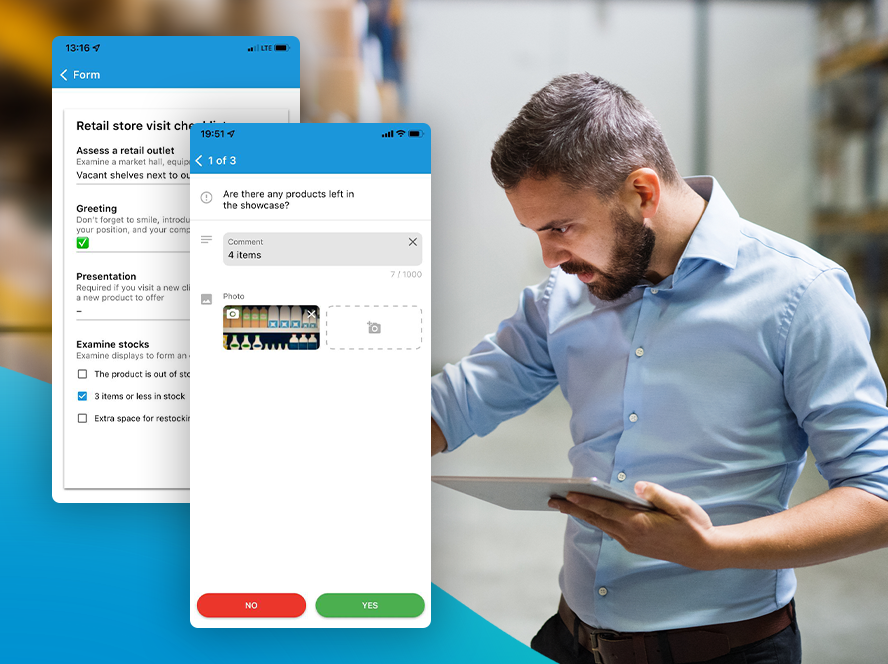Fact: last mile delivery is the most expensive part of the supply chain. Small delivery businesses need the right tools to streamline delivery operations to cut costs while delivering more and exceeding customer expectations. Read our guide to learn about last mile delivery costs.
With Amazon Prime setting the benchmark for quick delivery times that customers have come to expect, it’s no wonder that there’s conversation about how to do it even faster.
With the onset of delivery drones and autonomous vehicles, even a famous pizza chain is figuring out how to deliver pizzas using driverless vehicles.
If you’re thinking “all of this seems really expensive,” you’re right. It is expensive. After initial investment, last mile delivery is the most expensive part of the supply chain because so much goes into it — especially for same-day or two-day delivery.
So what happens after an order has been placed and it begins the process of making it to its final destination? Let’s take a look at the last mile delivery process and many of the components that make it work.
What is last mile delivery?
Some call it “last mile delivery,” and some call it “final mile delivery,” but we’ll stick to last mile delivery for our purposes.
As the name suggests, last mile delivery is the final leg of the supply chain, when goods travel from a storage facility to a business or residential address.
Read our comprehensive guide about last mile delivery here.
What does last mile delivery look like for small business fleets
Managing the last mile is often referred to as the most difficult part of the supply chain process considering how many moving parts are in play, contributing to the fact that so many things can go wrong.
Then it has to be done at scale, which compounds the difficulty at which point the things that can go wrong (and often do) multiply exponentially.
According to Business Insider, last mile delivery accounts for over 50% of total shipping costs. As customers have become more accustomed to free shipping with the added benefit of fast shipping (often same-day or two-day offered by Amazon Prime and other services), they’re less than willing to front the cost of shipping at all.
Does that mean that small delivery businesses have to compete with the giants of logistics? Actually, yes, but it’s not a futile exercise. Small business delivery fleets especially rely on last mile delivery solutions that make the last mile easier to manage while not breaking the bank.
With the right software solutions, like B2Field, it can be done for relatively low cost and at scale.
Planning last mile logistics for your delivery business
With the goal of reducing last mile delivery costs, while improving the overall customer experience, last mile software solutions for small businesses, like B2Field, offer the competitive edge SMBs need to compete with the titans of the last mile.
First, you must answer some important questions about the current state of your small business’s last mile operations (some might be obvious, but they’re important answers to hash out, nonetheless):
- In what ways does your small business depend on the last mile?
- Do you outsource the last mile, or do you deliver the last mile yourself?
- What last mile costs does your business currently face? It’s important to include all business costs related to the last mile, including overall fleet costs (i.e. maintenance, fuel, and vehicle acquisition), driver salaries, and other technologies (GPS tracking hardware) you might have invested in to get the job done.
- What is the value proposition of your business that you use to differentiate your business from the competition? (i.e. do you promise a two-day turn-around time for your customers, do you offer multiple delivery windows?)
- How do you currently plan, manage, and optimize delivery costs for your business now, and where exactly are they areas you see a need to improve, if at all?
- How do you currently plan your delivery routes? Do you do it manually, or do you use GPS hardware/software?
- How long does it take you to plan routes now? Hours? Minutes?
- How can you reduce last mile costs while still delivering on or exceeding your customer’s expectations?
Tips for improving the last mile: the benefits of delivery software
Here are a few ways that small businesses can optimize the last mile to improve efficiency and reduce costs while delivering more by leveraging delivery software.
Plan better routes, faster to cut delivery times
Planning optimal routes for your drivers is one of the most essential parts of the entire delivery process, and a lot of small business delivery companies do it manually. With small business software solutions like B2Field, you can cut planning routes down from hours to just a few minutes. And the process doesn’t stop there.
B2Field delivery software is powered by GPS software which sends drivers real-time updates with up-to-the-minute information that allows them to react only when they need to.
Schedule tasks automatically
You can reduce labor costs and service times with automatic dispatching.
B2Field leverages input data based on your delivery drivers’ availability, past performance, and even the proximity from your prospective delivery destinations. B2Field can assign tasks and rules for drivers, so all they have to do is follow the directions in the app.
Empower drivers with electronic proof of delivery (ePoD)
Speed up the delivery process while increasing delivery transparency with electronic proof of delivery.
All drivers have to do is use their smart device to verify delivery information to the recipient, which is logged into the system with a date and timestamp.
B2Field’s ePoD capabilities include barcodes, photo collection, and signatures.
Report and analyze drill-down business data
Business transparency is of the utmost importance for small business delivery companies because how can you improve your small business delivery operations if you can’t see what’s going on day-to-day?
You must be able to identify inefficiencies and bottlenecks and quickly make changes while proactively looking for opportunities to improve.
With B2Field, you can monitor key performance metrics like success rates, on-time deliveries, service times, feedback scores, distances travelled, fuel costs, idling times, driving times, and more.
You can filter data any way your business leaders see fit, including individual driver drill-downs, days of the week, or even by the hour. Export custom reports anytime and send it to stakeholders.
Use communications to exceed customer expectations
Customers nowadays expect to be part of the real-time feedback loop, and B2Field makes it easy. Offer customers real-time information via SMS and chat.
This reduces the amount of phone calls to your company from customers asking where their deliveries are and they can be set up in-app to automatically trigger based on events.
SMB delivery companies must be conscious of their budgets as much as they have to be conscious about their brand, and in the end, delivery inefficiencies cost the business money and potentially customers especially if there are repeat delivery errors and missed deliveries, which can cost your business big in the long run.
Understanding as many aspects of your last mile delivery business is one small step that can result in big, positive changes for your business in the long run.
Want to learn more about how B2Field last mile delivery software helps SMB delivery businesses thrive? Check out our website.






















